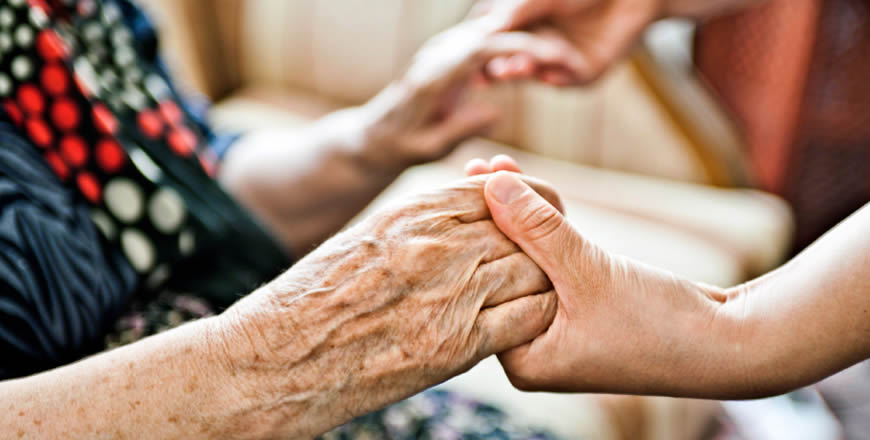I recently attended the Village to Village Network conference in San Diego. The conference was inspiring–so many people thinking creatively about how community members can support each other as they age. The primary reason I attended was to get a national perspective on how far villages can go to help frail elders that don’t have friends or family to assist them. According to a national survey conducted by the Mather LifeWays Institute on Aging, a majority of village members in the U.S. are still relatively young (74 or younger) and in relatively good health. The services most used by members are transportation and village social events. Half of the members surveyed said they joined a village because of their interest in social engagement, while less than one-fifth said they joined for future service needs. However, needing more intensive services was the top reason for dropping village membership and the average age of village members is increasing nationwide. Therefore, some villages are starting to think about how far they can go with the services they offer to members with more intensive needs. My general sense from the conference is that villages would like to help their members as much as they can, but are often limited by the dreaded “L” word: LIABILITY.
Here are two examples of village services for members with more intensive needs:
- Arlington Neighborhood Village said their members are increasingly frail. They recently piloted a program where they pay to have a Certified Care Manager spend up to 10 hours with a member to conduct a needs assessment. As part of this assessment, the care manager offers expert advice, develops a written care plan, and offers some limited assistance in securing resources for the member. The worst case scenario after the assessment is that the village can no longer support the member and in that instance, they may call family to step in, if available. When asked about how the village handles liability, they said the liability is on the care manager (who has professional insurance) and not on the village.
- The Village in Howard has created “Circles of Care” that are designed to consolidate requests for multiple services for a given member during a short-term period of recovery/recuperation, such as after a hospitalization. A Circle Coordinator and small team of volunteers step in to manage the variety of tasks that may be needed. These are not medical or personal care services, but those things a good neighbor would provide, such as meal preparation and clean-up, pet care, and picking up prescriptions. To reduce liability, volunteers are expressly forbidden to do the following tasks: dispense, administer, or recommend medicines or therapies; assist with activities of daily living, such as bathing, dressing, and toileting; respond to needs between 7pm and 9am; provide emergency transportation to the hospital; act as financial advisor; or act as a certified senior advisor, i.e., no advocacy with doctors or hospitals’ on members’ behalf.
The concern about liability was a thread woven through all of the conference sessions. Many of the villages said they live in states with a “Good Samaritan” law, which is meant to give civil or criminal immunity to those who come to the aid of others without any expectation of reward. This makes villages comfortable allowing their volunteers to provide services that a neighbor might do for another neighbor, such as those described above for the Village in Howard. But assisting with financial concerns or activities of daily living are big no-nos. In one session, someone asked if villages allow their volunteers to help members monitor their medication, and a “no” response was unanimous, as indicated by the vigorous shaking of heads around the room.
I posed the question of how far villages can go with their services during one of the keynote presentations at the conference. The presenters said this is a conversation that is just starting. Given that both assisted living and professional in-home care can be very expensive; more that 1 in 5 Americans older than 65 are–or are at risk of becoming– “elder orphans,” i.e., someone who is aging alone with no family available to address their caregiving needs; and there is a professional caregiver shortage that is only predicted to grow, I hope our society can find ways to help villages and other elder assistance organizations offset their liability so that they can push the envelope as far as possible. What ideas do you have to allow this to happen?
